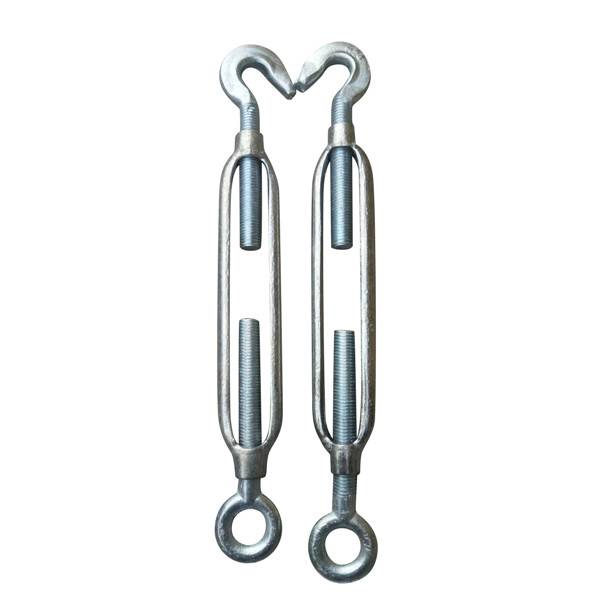Introduction
Horizontal lifting beams are indispensable tools in the material handling industry, providing efficient and safe solutions for lifting and moving heavy loads. However, their usage requires strict adherence to safety protocols to prevent accidents, injuries, and damage to both the equipment and the surrounding environment. In this article, we will explore essential tips for using horizontal lifting beams, ensuring that safety remains the top priority in every lifting operation.
Understanding Horizontal Lifting Beams
Before delving into safety guidelines, it is crucial to have a clear understanding of what horizontal lifting beams are and how they function. Horizontal lifting beams are load-bearing devices designed to distribute the weight of a load evenly during lifting, reducing stress on the lifting points. They consist of a beam with multiple lifting points, providing versatility in handling various load configurations.
Conducting Pre-Operational Inspections
Before using a horizontal lifting beam, it is vital to perform thorough pre-operational inspections to ensure its safety and functionality. Inspect the beam for any visible signs of damage, such as cracks, deformities, or corrosion. Check the integrity of the lifting points, ensuring they are securely attached and free from defects. Inspect the lifting slings or hooks for wear, tear, or deformation. Additionally, verify that the load capacity of the lifting beam matches the intended load.
Selecting the Appropriate Lifting Equipment
Selecting the appropriate lifting equipment is crucial for safe and efficient lifting operations. Consider factors such as the weight, size, and shape of the load when choosing a horizontal lifting beam. Ensure that the beam’s load capacity exceeds the weight of the load being lifted. Moreover, select compatible slings, hooks, and other lifting accessories that are suitable for the specific lifting operation.
Securing the Load Properly
Properly securing the load is paramount to prevent accidents during lifting. Position the load centrally on the horizontal lifting beam, distributing the weight evenly among the lifting points. Use appropriate slings, hooks, or other attachments to secure the load to the lifting points, ensuring they are properly connected and tightened. Double-check the load’s stability and balance before initiating the lifting operation.
Training and Certification
Operating a horizontal lifting beam requires specialized knowledge and training. Ensure that all personnel involved in the lifting operation have received adequate training on the proper usage of horizontal lifting beams. Training should include understanding load limits, calculating weight distribution, and following safety protocols. Certify operators to ensure their competency in handling horizontal lifting beams, reducing the risk of accidents due to human error.
Communication and Collaboration
Effective communication and collaboration among all individuals involved in the lifting operation are critical for maintaining safety. Establish clear communication channels and protocols to relay instructions, warnings, and updates during the lifting process. Encourage an open and collaborative environment where all team members can voice concerns, ask questions, and offer suggestions regarding the operation.
Regular Maintenance and Inspections
To ensure the ongoing safety and functionality of horizontal lifting beams, regular maintenance and inspections are essential. Create a maintenance schedule that includes periodic inspections, lubrication of moving parts, and replacement of worn-out components. Regularly check for signs of wear, corrosion, or damage, and address any issues promptly. Implement a system for reporting and addressing maintenance concerns, encouraging all personnel to report any observed defects or abnormalities.
Environmental Considerations
When working with horizontal lifting beams, it is crucial to consider the surrounding environment. Evaluate the workspace for potential hazards such as overhead obstacles, uneven surfaces, or unstable ground. Clear the area of any debris or obstructions that may interfere with the lifting operation. Take into account weather conditions, such as high winds or rain, as they can impact the stability of the load and the lifting beam. Adjust the lifting plan accordingly to mitigate any environmental risks.
Rigging and Slinging Techniques
Proper rigging and slinging techniques are integral to safe lifting operations. Ensure that all rigging equipment, such as slings or hooks, is in good condition and properly rated for the load being lifted. Follow industry-standard rigging practices, including using the appropriate hitch and maintaining the correct sling angles. Regularly inspect the slings for wear, cuts, or other damage. Train personnel in proper rigging techniques and emphasize the importance of regular inspections and replacements when necessary.
Continuous Improvement and Feedback Loop
Safety is an ongoing process that requires continuous improvement. Encourage feedback from operators and personnel involved in lifting operations. Regularly review and assess safety protocols and procedures to identify areas for improvement. Stay informed about advancements in horizontal lifting beam technology and safety standards to implement the latest best practices. Foster a culture of safety where everyone is actively engaged in identifying and addressing potential safety risks.
Conclusion
Horizontal lifting beams are powerful tools that significantly enhance material handling operations. However, their usage requires strict adherence to safety guidelines. By understanding the equipment, conducting thorough inspections, selecting appropriate lifting equipment, securing the load properly, providing training and certification, and promoting effective communication and collaboration, operators can ensure safe and efficient lifting operations with horizontal lifting beams. Remember, safety should always be the top priority to protect personnel, equipment, and the overall work environment.







